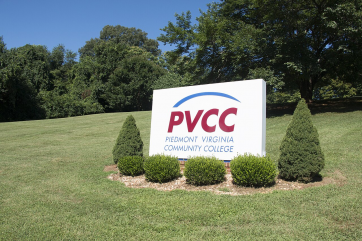Photo : What to Know About 529 Plans
A 529 savings plan is meant to help cover the costs of education for your child or grandchild. It can cover the costs of K-12 education or college and higher education. The plan is tax-advantaged, and it comes with some pros and cons, which are discussed below.
The Basics of a 529 Savings Plan
A 529 savings plan was originally only for post-secondary education costs. In 2017, it was expanded so that it could be used to cover the cost of K-12 education. Then, in 2019, apprenticeship programs became covered.
There are two general types of 529 plans.
There is a savings plan and then a prepaid tuition plan.
A savings plan is tax-deferred, and you don't pay taxes on withdrawals if they're used for qualifying education expenses.
With the prepaid tuition plan, as an account owner, you can pay in advance for tuition at a college or university. The goal here is that you're locking in the current rates rather than paying the future rates when it's time for your child to attend.
States run 529 plans, so the specific rules vary.
The child or grandchild of the person who sets up the account is the beneficiary, and depending on your state, if you fund the account, you might have an available state tax deduction for your contributions.
The money then grows on a tax-deferred basis until it's taken out.
Withdrawals aren't subject to state or federal taxes, as long as the money is used for the purposes defined by the IRS.
For K-12 students, the tax-free withdrawals can't exceed $10,000 a year.
There are no limits on how much you can contribute to these accounts each year, but in a lot of states, there's a cap on total contributions. The caps range from $235,000 to $500,000.
Tax Advantages
Again, the earnings in a 529 plan have state and federal tax exemptions when the money is used for qualifying education expenses. If you make other withdrawals that aren't qualifying, then you have to pay taxes on the withdrawal plus a penalty of 10%. There are a few exceptions to this, for example in the event of disability or death.
If you have a 529 plan, the money you contribute isn't tax-deductible for purposes of your federal income taxes.
There are more than 30 states that do offer deductions or credits of different amounts for contributions.
What Can a 529 Plan Be Used For?
For colleges, universities, and post-secondary education, the money in a 529 plan can be used for tuition, fees, supplies, books, equipment, and in some cases room and board.
You can also make tax-free withdrawals up to $10,000 a year per beneficiary to cover the tuition costs at public, private, and religious K-12 schools.
Things like students' health insurance and tuition costs aren't qualified expenses unless a school charges them as part of something required for enrollment or attendance.
Is a 529 Plan the Best Option?
A 529 plan can be appealing, particularly because of the tax advantages, but it's not automatically the right option for every family.
One of the biggest downsides of these plans is that they're considered by colleges when making financial aid decisions. That means if you set up a 529 plan, your child might not get as much financial aid as they need.
If you don't think what you save in the 529 plan alone is going to cover your child's education costs, you might consider another option.
Some financial experts recommend an option like a Roth IRA. A Roth IRA offers more flexibility than a 529 plan.
They don't have the same tax benefits, but they can be used for education and retirement. You can withdraw money from a Roth IRA with no penalty to cover education costs.
There are also eight states where there aren't tax breaks on 529 plans, in which case you should seriously consider a Roth IRA. These states are California, Tennessee, Kentucky, Delaware, New Jersey, New Hampshire, North Carolina, and Maine.
The downside of a Roth IRA is that there are limits on how much you can contribute each year.
Other options to save for your child's college include CDs, although interest rates are pretty low on these, or a brokerage account.
There are also Coverdell Education Savings Accounts. These are similar to a 529 plan, but they're for low-income people. The contribution limit is low, however, at only $2,000 a year. They can be used for K-12 and college expenses, like a 529 plan.
* This is a contributed article and this content does not necessarily represent the views of universityherald.com









